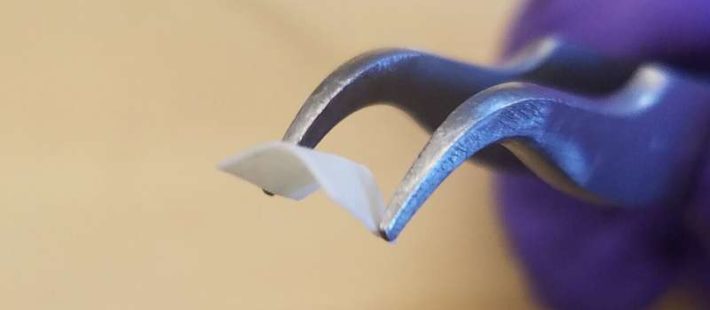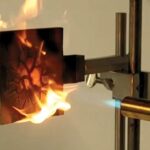Lithium-ion batteries are very popular: they are used in such a lot of high-tech devices, as phones and tablets, but also in transports, from cars to e-bikes. Unfortunately, they present some risks: they can cause fires and explosions, because of their flammability. Now, Purdue University scientists have come up with patented techniques that may cut down the risk from these very common batteries.
Problems connected to improve lithium-ion batteries
“The major problem that hinders the wider implementation of these batteries into more cars and other larger devices is the flammable and explosive nature of the liquid electrolyte materials used in their fabrication,” said Ernesto E. Marinero, a professor of materials engineering and electrical and computer engineering in Purdue’s College of Engineering. “These liquids are used in what constitutes the highway, the electrolyte, for shuttling reversibly lithium ions between the battery electrodes during charge and discharge cycles.”
A novel composite to resolve flammability problem
According to Marinero, a Purdue research team created solutions that address the flammability problem, along with the need for high plasticity in the material inside the battery that connects the anode and cathode electrodes.
Purdue scientists created a novel composite solid-state electrolyte material system comprising ceramic nanoparticles embedded in polymer matrixes. “These patented technologies are designed to provide a safer path within the battery and increase the ionic conductivity and performance,” Marinero said. “In addition, these composite materials potentially enable the use of pure lithium metal anodes, to increment the volumetric capacity density of existing batteries by a factor of about five.”
Purdue innovations could have applications beyond automobiles and personal electronic devices. The battery technology also can help improve the function and lifetime of medical devices such as pacemakers.
Ionic conductivity: materials for better performances
Andres Villa, a doctoral research assistant who works in Marinero’s laboratory, studied the effects of various materials on the ionic conductivity. He found that less than 10% per weight of ceramic nanoparticles in a polymer composite electrolyte are needed to surpass the ionic conductivity of thin films comprising only the ceramic material, thereby significantly cutting down production costs.
Source: Phys.org – The news is adapted with editorial change by Compositi magazine.











